
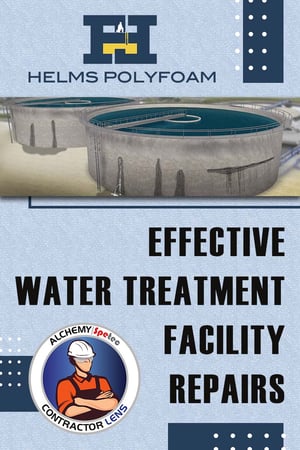 This post is part of the Alchemy-Spetec Contractor Lens series, featuring views, news & case studies written by our customers. This article, written by Morgan Helms of Helms Polyfoam, is an overview of void filling with polyurethane foam. If you're an Alchemy-Spetec customer and you'd like to discuss writing content for our blog, please send an email to marketing@alchemy-spetec.com today!
This post is part of the Alchemy-Spetec Contractor Lens series, featuring views, news & case studies written by our customers. This article, written by Morgan Helms of Helms Polyfoam, is an overview of void filling with polyurethane foam. If you're an Alchemy-Spetec customer and you'd like to discuss writing content for our blog, please send an email to marketing@alchemy-spetec.com today!
Water and wastewater treatment facilities are essential for communities and municipalities. They supply drinking water to communities and treat wastewater before it is discharged into lakes or rivers. Many water and wastewater treatment facilities are aging and badly in need of repairs and maintenance.
Concrete is one of the most common building materials for water treatment facilities. Whether part of new construction or an older structure, concrete can be susceptible to leaks. Leaks through concrete are generally going to be through cracks, joints, and honeycomb (areas in poured concrete of mainly coarse aggregate with voids in between). Depending on water volume and pressure, and the size of the joint or crack, you may encounter weeping leaks, steady leaks, and gushing leaks.
What’s the solution? Helms Polyfoam! With any aging concrete structure in which moisture is present, the need for maintenance is inevitable. When it comes down to dollars spent on water treatment, maintaining water leaks is paramount. Helms Polyfoam can repair and effectively seal leaks in water treatment facilities also while staying within budget.
The Alchemy-Spetec polyurethane leak seal resins we use are pumped into cracks in walls and water holding tanks to fill and seal them, both now and in the future. Anywhere water can go, these polyurethane resins can follow. Polyurethane crack injection repairs and prevents leaks by filling cracks in concrete tanks and pipes. Polyurethane concrete crack injection repair is waterproof and non-toxic. There is no need to worry about dangerous chemicals seeping into the ground or contaminating the water.
Helms is your Mississippi area expert on all structural, polyurethane resin repairs. Our repairs can be completed quickly without shutting down operations or taking anything offline for long periods. Plus, our repairs are much more affordable than other alternatives, such as replacing pipes or tanks altogether.
We implement a repair plan that doesn’t require you to shut down operations or leave you with a big mess. It requires no excavation. This means a smaller footprint on your job site or facility and minimum downtime.
And you know what is even better? ARPA!
The American Rescue Plan Act (ARPA) includes in the Fiscal Recovery Funds (FRF) one of the largest fiscal advances to state and local government budgets in recent history. ARPA federal funding now makes it possible to address infrastructure and structural repairs – just like these water and wastewater treatment facility repairs – that are an ongoing challenge in our state.
Helms Polyfoam has water treatment facility repair experience using polyurethane concrete crack injections to seal off leaks. And now, you can use ARPA funds to help you cover these costs! Call us at 601-966-7821 or click here to fill out our contact form.
Want more info on Alchemy-Spetec leak seal products?


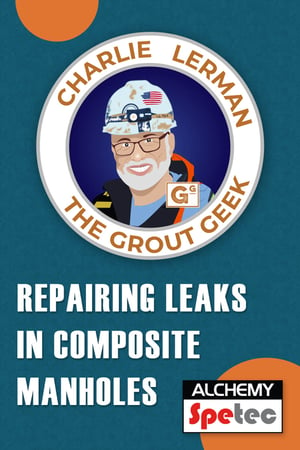 Sewers can be aggressive to downright hostile environments for concrete. Composite and fiberglass manholes are becoming more popular due to their superior resistance to sewer gases. While chemically resistant, composite manholes still have penetrations and joints. And any structure with penetrations and joints is still susceptible to infiltration.
Sewers can be aggressive to downright hostile environments for concrete. Composite and fiberglass manholes are becoming more popular due to their superior resistance to sewer gases. While chemically resistant, composite manholes still have penetrations and joints. And any structure with penetrations and joints is still susceptible to infiltration.


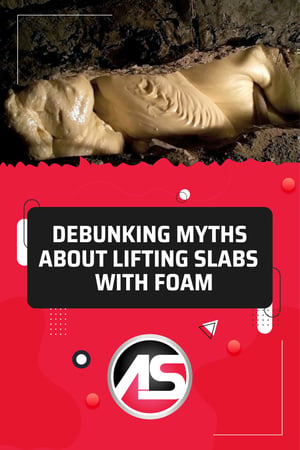 When parts of a concrete surface sink due to erosion and poor compaction, the resulting trip hazard can be dangerous. If left unrepaired, liability and safety issues linger. Although concrete is tough and durable, unstable soil can cause it to crack and sink. Fortunately, a reliable solution for lifting concrete has been developed and proven over the past few decades. High-strength expansive polyurethane foam is injected underneath the slab to bring it back to level. This method has been used in a wide variety of commercial and residential applications with long-lasting results.
When parts of a concrete surface sink due to erosion and poor compaction, the resulting trip hazard can be dangerous. If left unrepaired, liability and safety issues linger. Although concrete is tough and durable, unstable soil can cause it to crack and sink. Fortunately, a reliable solution for lifting concrete has been developed and proven over the past few decades. High-strength expansive polyurethane foam is injected underneath the slab to bring it back to level. This method has been used in a wide variety of commercial and residential applications with long-lasting results.

 Many spray foam insulation installers are interested in adding slab lifting capability to their rig setup. If you're a spray foam installer considering slab lifting, we have all the info you need right here. With just four additional pieces of equipment and one set of material, you can add slab lifting to your service offerings. Let’s take a look at exactly what additional equipment and material are required to get started...
Many spray foam insulation installers are interested in adding slab lifting capability to their rig setup. If you're a spray foam installer considering slab lifting, we have all the info you need right here. With just four additional pieces of equipment and one set of material, you can add slab lifting to your service offerings. Let’s take a look at exactly what additional equipment and material are required to get started...

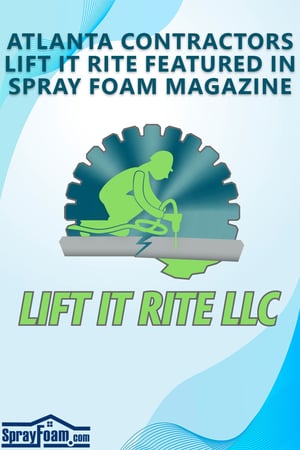 Alchemy-Spetec customers Matt Chittick and Travis Germick of
Alchemy-Spetec customers Matt Chittick and Travis Germick of 
 This post is part of the Alchemy-Spetec Contractor Lens series, featuring views, news & case studies written by our customers. This article, written by Morgan Helms of
This post is part of the Alchemy-Spetec Contractor Lens series, featuring views, news & case studies written by our customers. This article, written by Morgan Helms of 
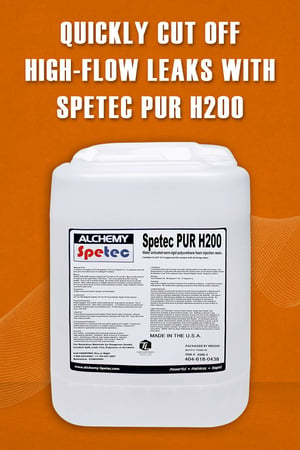


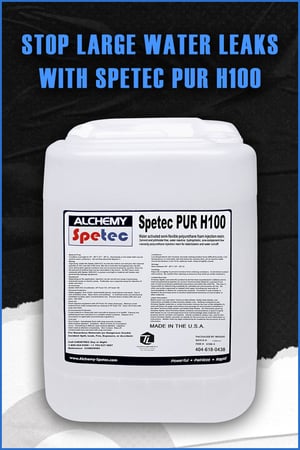 One of the greatest threats to our nation's infrastructure is unseen water eroding away its structural integrity. Water is relentless and all types of structures and sewer collection systems are at risk. If left unchecked, uncontrolled water will end up causing massive rehabilitation and repair bills. The market for repairing and controlling water infiltration is limitless.
One of the greatest threats to our nation's infrastructure is unseen water eroding away its structural integrity. Water is relentless and all types of structures and sewer collection systems are at risk. If left unchecked, uncontrolled water will end up causing massive rehabilitation and repair bills. The market for repairing and controlling water infiltration is limitless.
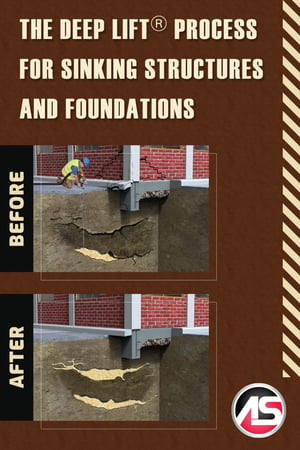 We often assume that our homes, roadways, and buildings are resting on solid ground - until that support starts to give way. The same natural element that carved out the Grand Canyon causes unstable soil, voids, and even sinkholes. Water is relentless and your property is at risk if soil damage is left unchecked. Poor compaction, water erosion, broken pipes, and organic material in the soil can all lead to the settling of a foundation or a roadway. Ignoring soil erosion underneath your property can lead to disaster.
We often assume that our homes, roadways, and buildings are resting on solid ground - until that support starts to give way. The same natural element that carved out the Grand Canyon causes unstable soil, voids, and even sinkholes. Water is relentless and your property is at risk if soil damage is left unchecked. Poor compaction, water erosion, broken pipes, and organic material in the soil can all lead to the settling of a foundation or a roadway. Ignoring soil erosion underneath your property can lead to disaster.
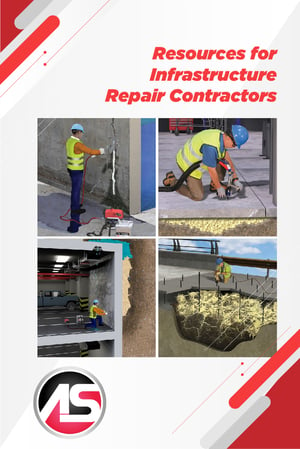 Alchemy-Spetec offers a wide variety of online resources for current and aspiring infrastructure repair contractors. Let's take a look at what's available...
Alchemy-Spetec offers a wide variety of online resources for current and aspiring infrastructure repair contractors. Let's take a look at what's available...

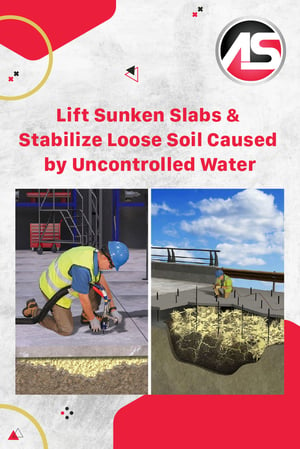 Most property owners and managers don’t realize that the greatest threat to their slabs and structures hides underneath the surface of the ground. Water is relentless, and your property is at risk if it is left unchecked. Uncontrolled water can lead to soil erosion, voids, and sometimes even sinkholes. Neglecting these types of soil issues can end up costing significant money, time, and stress.
Most property owners and managers don’t realize that the greatest threat to their slabs and structures hides underneath the surface of the ground. Water is relentless, and your property is at risk if it is left unchecked. Uncontrolled water can lead to soil erosion, voids, and sometimes even sinkholes. Neglecting these types of soil issues can end up costing significant money, time, and stress.